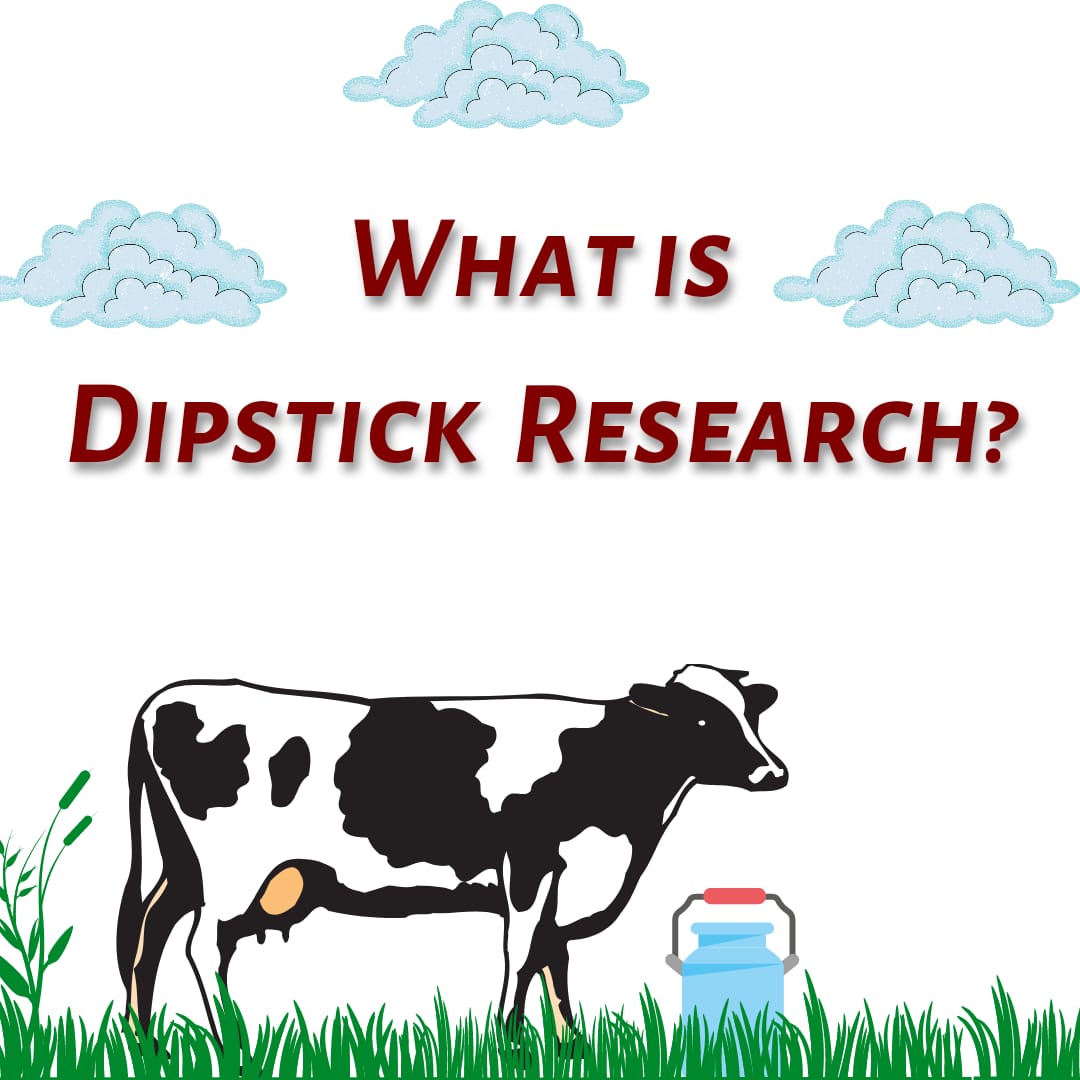‘Dipstick’ research ranked first in the ICAR- organised Kritagya Hackathon 2.0 competition. Eight types of adulteration in milk can be detected in a matter of seconds through ‘Dipstick’ research based on nanotechnology developed by College of Dairy Science, Amreli: Minister of Animal Husbandry and Dairying, Raghavji Patel.
According to Animal Husbandry Minister Raghavji Patel, eight types of adulteration can be detected in milk in a matter of seconds through nanotechnology-based ‘Dipstick’ research developed by scientists from the College of Dairy Science, Amreli, under Kamdhenu University. The Kritagya Hackathon 2.0 competition was recently organized nationally by the Indian Council of Agricultural Research (ICAR). A total of 1974 contestants from all over India took part in this competition. From which ‘Dipstick’ research was ranked first in all of India. The College of Dairy Science, Amreli was also honoured by the Union Ministry of Agriculture.
Milk may hold more than 20 types of contaminants like starch, urea, detergent, boric acid, hydrogen peroxide, and ammonium sulphate. There are two ways to adulterate milk – either by preparing synthetic milk from skimmed powder or by mixing urea, boric acid, starch, and hydrogen peroxide in natural milk. Doing so increases the weight of the milk and increases the income. But such substances mixed in milk can cause serious harm to human health. This innovative dipstick research will be immensely helpful in preventing this.
The college has applied to the concerned institute for patenting this research. Once the patent is obtained, the college will be able to offer this technology for commercial production. When collecting milk from villages or people taking milk from milkmen in urban areas, the average person will be able to know whether milk is adulterated or not in a matter of seconds with the help of this dipstick. Currently, the process of testing the purity of milk by going to the laboratory is exceedingly long and expensive, but this new research will be effective in finding out whether milk is adulterated or not.
— An article by Trupti Parvatikar and Yash Jain





